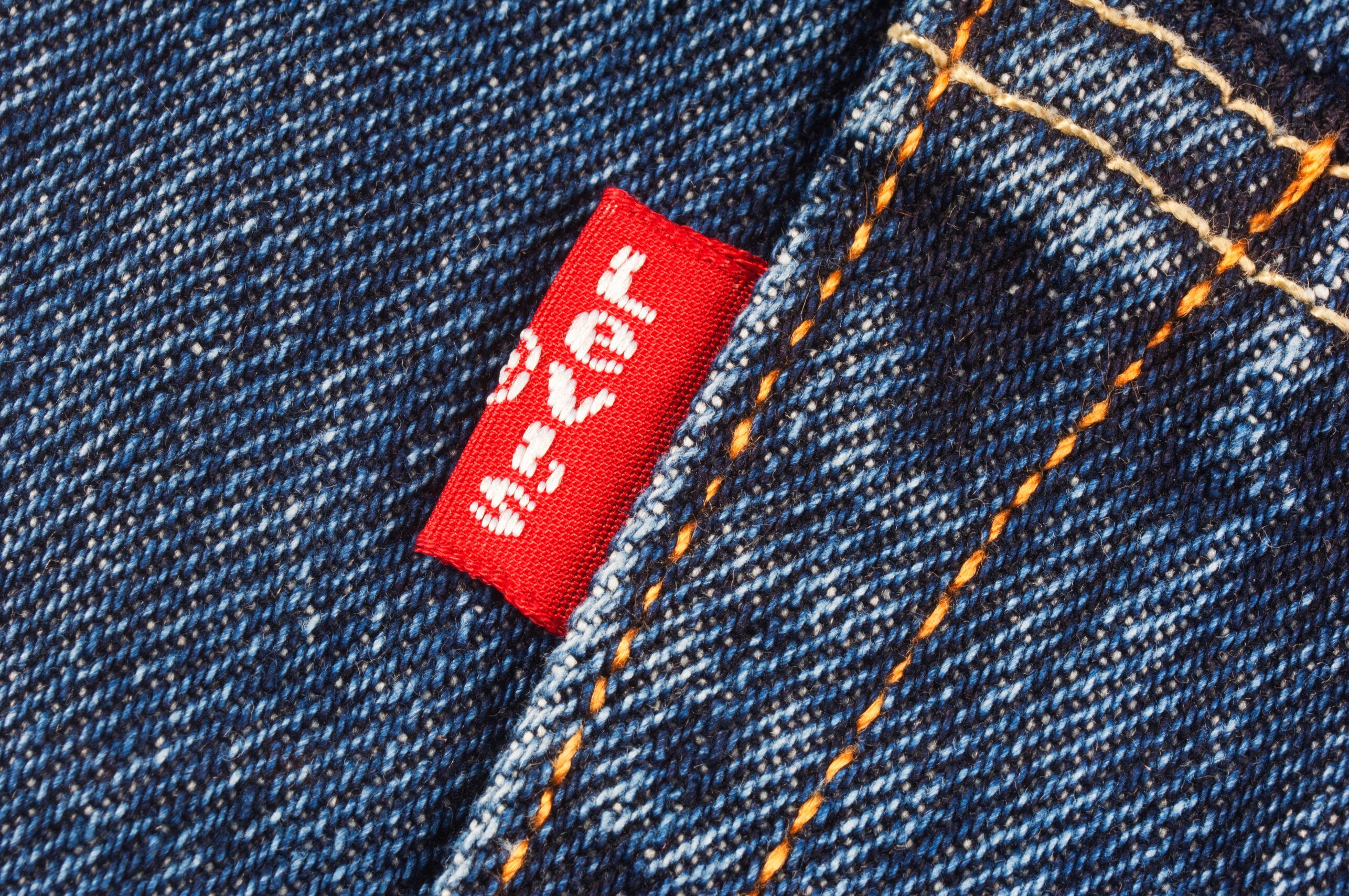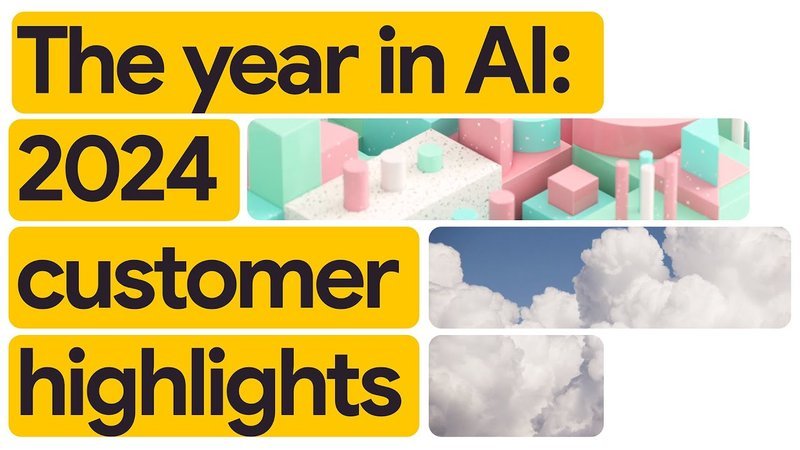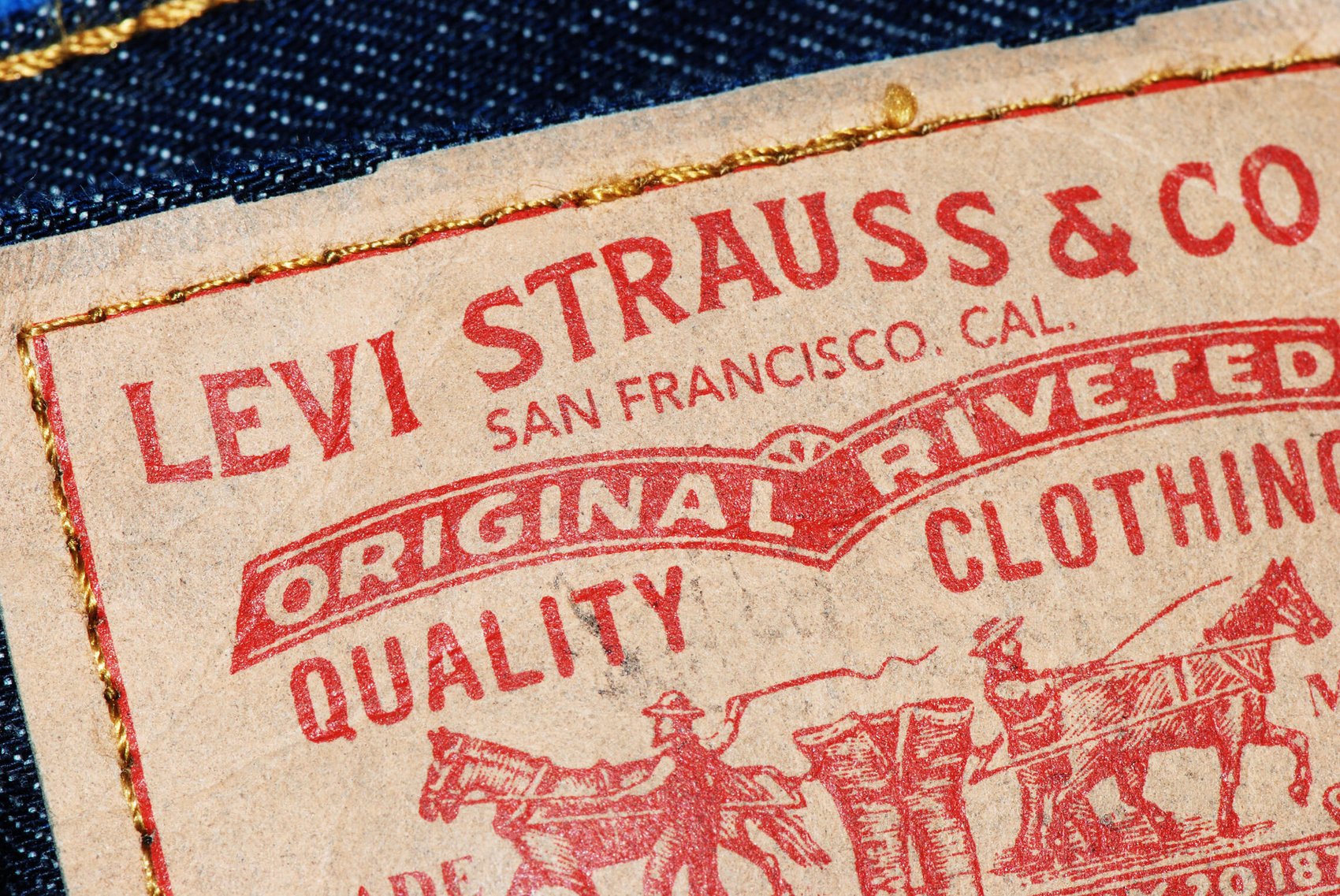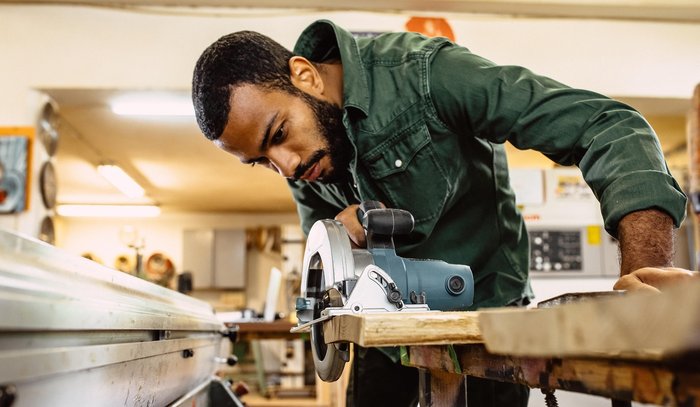Levi's seamless data strategy: How tailor-made AI keeps an icon from getting hemmed in

Matt A.V. Chaban
Senior Editor, Transform
Attention to detail has defined Levi's for centuries, and that's still true as data and AI helps the brand stitch together its omnichannel future.
“Levi’s is a 172-year-old company, and 501s alone are 152 years old,” Louis DiCesari, the global head of data, analytics, and AI, at the iconic jean-maker, said in a recent interview. “That’s a lot of data.”
A pair of Levi’s 501s, with their straight-leg cut and classic indigo washes, might seem like a simple thing. But tell that to the millions, perhaps billions, of people who have worn a pair, and many could tell you the most minute differences, from the weft of a pair of 1955 501 XX to which Nirvana videos Kurt Cobain wore Levi’s in (it was many of them).
Now ask your IT department to make the same evaluations, plus determining which customers are favoring which fits, where new markets are growing, what supply chain issues the latest polar vortex might be causing. Even five years ago, this would have been a difficult and time consuming task. Today, it’s just another day in the data mill for DiCesari and his team.
While Levi’s designers are scouring the streets of Tokyo, New York, London, and San Francisco to design future-looking styles, DiCesari’s team is building machine-learning tools to scour data for how the current season is selling and how to create personalized and meaningful experiences for Levi’s consumers — or fans, as the company calls them.
“As we grow the brand from being predominantly denim to include many other categories, this data is going to be critical for us to grow our share of closet within each of our fans,” DiCesari said.
We sat down with DiCesari to learn more about how Levi’s has broken in its data strategy across the organization since first partnering with Google Cloud in 2020; how it’s serving existing fans and finding new ones with the help of AI messaging; and its early experiments in AI design.
Levi’s first started working with Google Cloud almost five years ago. It was the height of the pandemic, people were mostly home, the future of fashion was unclear. What was Levi’s looking to build on the cloud?
Louis DiCesari: Clarity is exactly what we’re looking for. Our overall goal is to provide the company with data-driven insights that put the consumer at the center and drive better business decisions. Everything we do is rooted in that.
I see four key building blocks to what we need to do. One is around enabling insights for the company. Levi’s is a 172-year-old company, 501 jeans are 152 years old — that’s a lot of data. But decisions were often still made by instinct, and we needed to bring the data together to enable insights and give business decision-makers what they need to make decisions in the moment.
The second thing we want to do — and where we're really leaning in heavily with Google Cloud — is to provide data as a service to everyone within the organization, with appropriate access controls. We don't want to be a bottleneck or the only people who can do data analysis. We want to give everyone in the company the data they need to drill down and analyze in the moment to make better decisions.
Building blocks three and four really support blocks one and two. As we bring data onto the Google Cloud platform, we have to make sure it’s well defined and standardized. In a big global company, the same terms can come to mean very different things or be calculated in different ways in different geos and different functions. We’re investing in making sure everything’s defined and standardized across the enterprise.
The fourth block is around reducing and rationalizing our analytics reporting. Historically, because we lacked a central platform, we had a lot of data in a lot of different tools. As we bring the data onto Google Cloud and define and standardize it, we need to retire those other tools and reports to make sure we have a single source of truth for the company.
That sounds like a lot of work to tackle in just four years. Where did you start and how did you prioritize?
We are doing all these things simultaneously starting with a few data domains. Even that’s a very big challenge, but if we focused on making all the data within Levi’s perfect first, we're never going to get anything done to generate any value. We focused first around our pricing and markdown data, and then another domain we looked at was our consumer data.
We're going domain by domain, getting each to a 7 or 8 out of 10, then moving on to the next domain while continuously improving the previous domains.


As we’ve pivoted into becoming a best-in-class omnichannel retailer, we’re rewiring our business to operate more like a retailer, with a focus on the consumer at the center of everything we do.
Why did you start with those two?
The most important thing with data is what you do with it, and I looked at where could we make impact quickly without having to boil the ocean. In each of those domains, we started with a subset of data, and then we've continuously added more data.
Version zero of our pricing analysis was really just price elasticity data. Even that was so much better than what we had used previously, which was a static snapshot from a third-party because we didn't have our own data together. Over time, we've added more and more data and we've enriched the data products that we're building so they continuously get better.
So “version zero” is up and running. What did the company start to do with that?
Historically, Levi’s has predominantly been known as a men’s jeans business sold at major wholesale retailers and department stores. As we’ve pivoted into becoming a best-in-class omnichannel retailer, we’re rewiring our business to operate more like a retailer, with a focus on the consumer at the center of everything we do.
A big part of my role and our work has been to support this transformation with a focus on data and analytics. So merging merchandising data with consumer data is one of the most important things we can do. It's not just “501s are selling at this rate and 511s at this rate” — we can look at who's buying 501s and 511s and how that is changing over time: How is each consumer purchasing with us, how many are single channel versus omnichannel, how many different categories are consumers buying.
As we grow the brand from being predominantly denim to include many other categories, this data is going to be critical for us to grow our share of closet within each of our fans.

How else is data helping to grow that “share of closet?”
We’re seeing an interesting convergence when it comes to design. We’ve got roughly an 18-month design cycle, they're already sketching for the end of 2026, because design takes time, then manufacturing, marketing, it has to hit the store. So the designers are out hitting the streets of Tokyo or London, New York, to see what's resonating.
With the data, that's where we can really see if the numbers are proving what we thought was going to hit was a hit a year and a half later. It’s not impacting the design directly, but take the baggy and loose jeans being a big trend currently. In 2020, right after the pandemic, we started to see the shift in denim fits going from skinny to a little bit looser, and that looseness has continued to accelerate.
Knowing that macro trend, we can use the data to really figure out, with the baggy-loose happening, is that resonating mostly with fans, with new customers — who are the people that are coming in and purchasing ? And so when we start seeing it’s everyone, across all age demographics, male, female, everybody, that can feed back into both design and business decisions.
What about marketing? We’ve heard a lot about how data and AI can play a role there.
It’s fueled our latest campaigns, specifically in Europe, what we're calling “Live Loose.” The data is helping us have smarter conversations with our wholesalers, being able to tell them this is what we're seeing, trend-wise, that's resonating on our own channels, and then how do we help them go a little bit deeper on the baggier trends we're seeing.


The most important thing with data is what you do with it, and I looked at where could we make impact quickly without having to boil the ocean.
Now a lot of companies are taking the steps you are, getting their data in order to serve as a foundation for AI. Where is Levi’s on that journey?
In terms of machine learning, we have very mature machine learning capabilities at this point. Most of the solutions I've talked about, like pricing optimization, sizing optimization, customer recommendations — these things are all optimized using machine learning, either with models we've built ourselves or that are available through Google Cloud or some combination of the two.
That’s at the traditional machine-learning level. In terms of generative AI, we've been using it for a while, using open models and then Google’s PaLM 2 — we were doing this even before the recent explosion of gen AI, to help our teams with the first drafts for content generation and translations. Everything still has a human in the loop, nothing is totally automated, but it does save a lot of time. It helps us get product descriptions to websites faster, get translations onto websites faster, and ensure they’re on-brand, because everything’s been trained on the brand voice.
Do you foresee AI influencing design and creativity in a broader way?
When it comes to design, it will always lean heavily into the “art” vs the “science.” Our designers are the best at what they do — watching and designing the next big trends. So for us, it’s less about AI influencing design and more about how we can leverage technology to make their lives and the overall business more efficient.
Like all great retailers and brands, we’re constantly piloting and testing new technologies, like AI, to see where they can drive real impact and be scaled. We’re still in the very early stages of discovery when it comes to AI in design. And from what we’ve seen, technology hasn’t been able to capture the nuances of fabrics like denim — how it drapes, the small distinctions in distressing and washes, and so on.
Time will tell where AI might be helpful in design, but for now, we’re focused on how it can make the lives of our designers and partners throughout the company a little easier. ®



